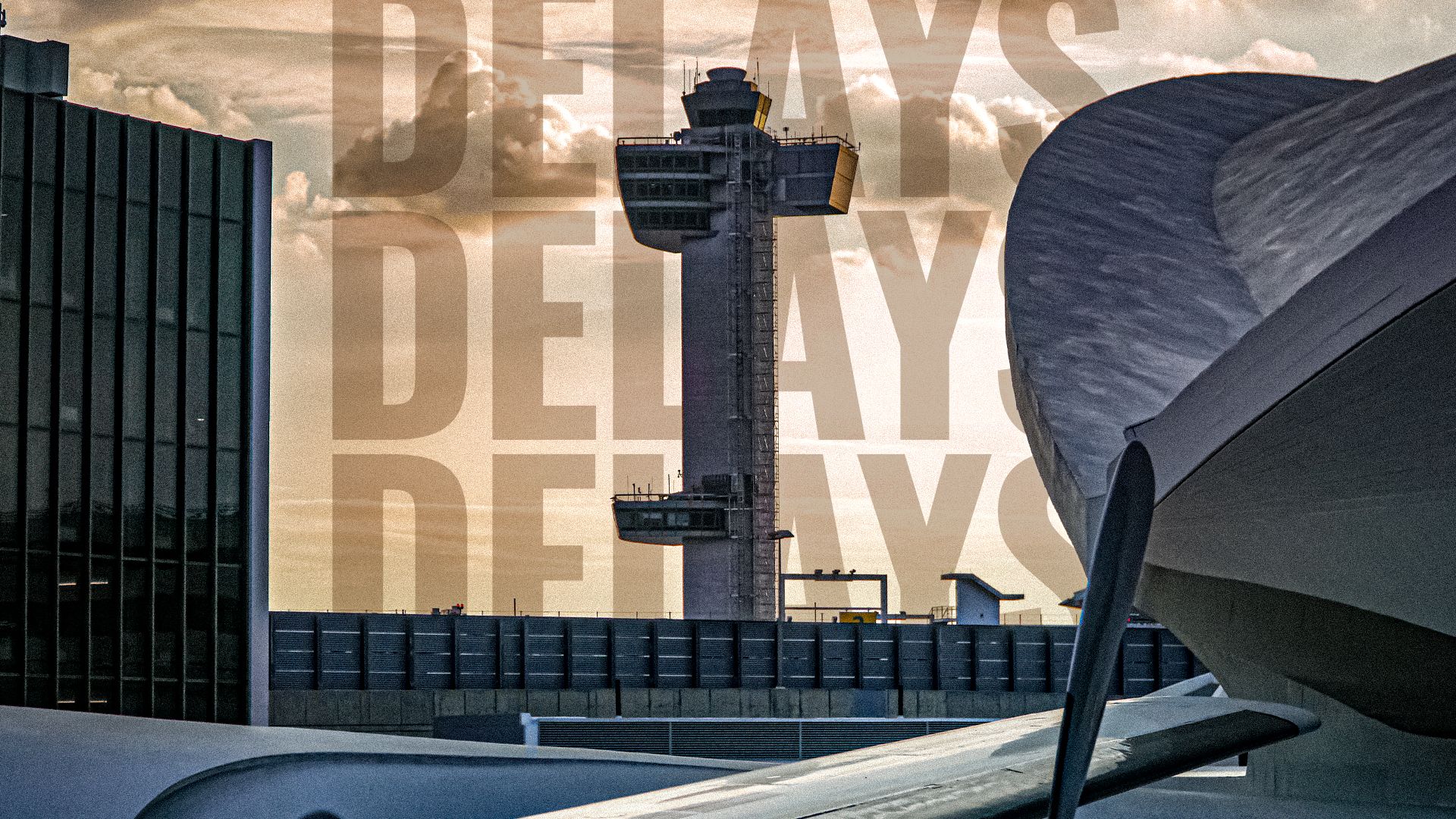Airline delays are poised to intensify through the end of 2025, driven by a combination of staffing shortages and system inefficiencies. Recent reports indicate that on October 27 and 28, nearly 7,000 delays occurred across the United States in just one day. The Federal Aviation Administration (FAA) attributed these disruptions to significant controller absences and staffing shortages at major hubs, notably at Hartsfield-Jackson Atlanta International Airport (ATL).
A Department of Transportation (DOT) official revealed that 44% of the delays on that weekend were due to controller absences, a stark contrast to the typical 5%. This staffing crisis has been exacerbated by the ongoing government shutdown, which has left approximately 13,000 controllers and 50,000 Transportation Security Administration (TSA) officers working without pay. Los Angeles International Airport (LAX) experienced a temporary ground stop linked directly to these staffing challenges.
Root Causes of Flight Delays
Flight delays are not isolated incidents but rather indicative of a larger systemic issue. They typically arise from five primary factors, including internal airline operations, weather conditions, and national air system capacity constraints. Internal airline issues might involve crew scheduling, aircraft maintenance, and turnaround delays. Weather, particularly extreme conditions, can severely impact flight schedules, while the overall capacity of the air traffic system plays a crucial role in managing flights.
The cascading effect of these delays is particularly concerning. When air traffic control systems limit arrivals at a major hub, aircraft are forced to hold or wait on the ground, resulting in late arrivals elsewhere. This scenario forces airlines to scramble their crew and aircraft rotations, generating further internal delays. In 2025, the crux of the problem lies in national system capacity constraints, worsened by high absenteeism among controllers and a diminished buffer for managing air traffic.
The FAA and control towers are now operating with less staffing than ever, making it increasingly difficult for airlines to maintain schedules. As airlines run leaner fleets with higher load factors and tighter recovery windows, even minor disruptions can trigger a chain reaction of delays. According to a detailed analysis from Forbes, the persistent issues in air traffic control staffing are the core challenge facing the airline industry.
Current Challenges and Future Outlook
Several intersecting factors are making flight delays particularly severe right now. First, the demand for air travel is at an all-time high, with U.S. carriers experiencing near-record passenger volumes and strong holiday bookings expected. Increased demand magnifies the impact of any capacity constraints, making delays more pronounced.
Second, the air traffic system is operating with minimal slack. Staffing shortages, outdated equipment, and limited aircraft availability hinder the system’s ability to absorb disruptions. Third, external risks are rising, with late-year winter weather predicted to bring storms and other conditions that will further strain capacity at key airports.
The cumulative effect of these factors results in heightened delay costs, with passengers missing connections and airlines incurring increased compensation and rebooking expenses. Additionally, airport infrastructure is facing unprecedented stress, with runway closures and de-icing delays contributing to a growing backlog. These delays go beyond minor inconveniences; they significantly reduce the overall flexibility of airline schedules, increasing operational risks.
At the heart of this situation lies a chronic shortage of certified air traffic controllers. The FAA has reported being several thousand controllers short of its target, particularly at critical facilities like New York TRACON and Atlanta Center. Training new controllers requires one to three years, depending on the complexity of the facility. Even if hiring accelerates immediately, the impact will not be felt until well into the future.
The government shutdown has further complicated matters by exacerbating the air traffic capacity crisis. Controllers and TSA officers are working without pay, leading to increased absenteeism and decreased morale. The FAA has already mandated flight reductions at 40 of the busiest airports, with potential cuts reaching 10% of capacity if the shutdown persists. This situation interrupts the hiring and training processes necessary for alleviating the ongoing shortage.
Even after the government shutdown ends, the resulting delays will not vanish overnight. The backlog of staffing gaps and training delays will take time to resolve, and controller fatigue will demand recovery. Meanwhile, the infrastructure upgrades that have been deferred during the shutdown will further delay the restoration of resilience in the air traffic system.
In conclusion, the outlook for U.S. flight operations remains challenging. With the national air traffic control system lacking necessary capacity, delays are anticipated to worsen throughout the remainder of 2025. The government shutdown has intensified a long-standing controller shortage, resulting in cascading delays nationwide. High passenger demand, thin operational buffers, and increasingly adverse weather conditions will continue to compound these issues, leading to persistent gridlock at major hubs. Passengers should prepare for extended disruptions, as systemic improvements will require significant time and investment to materialize.
